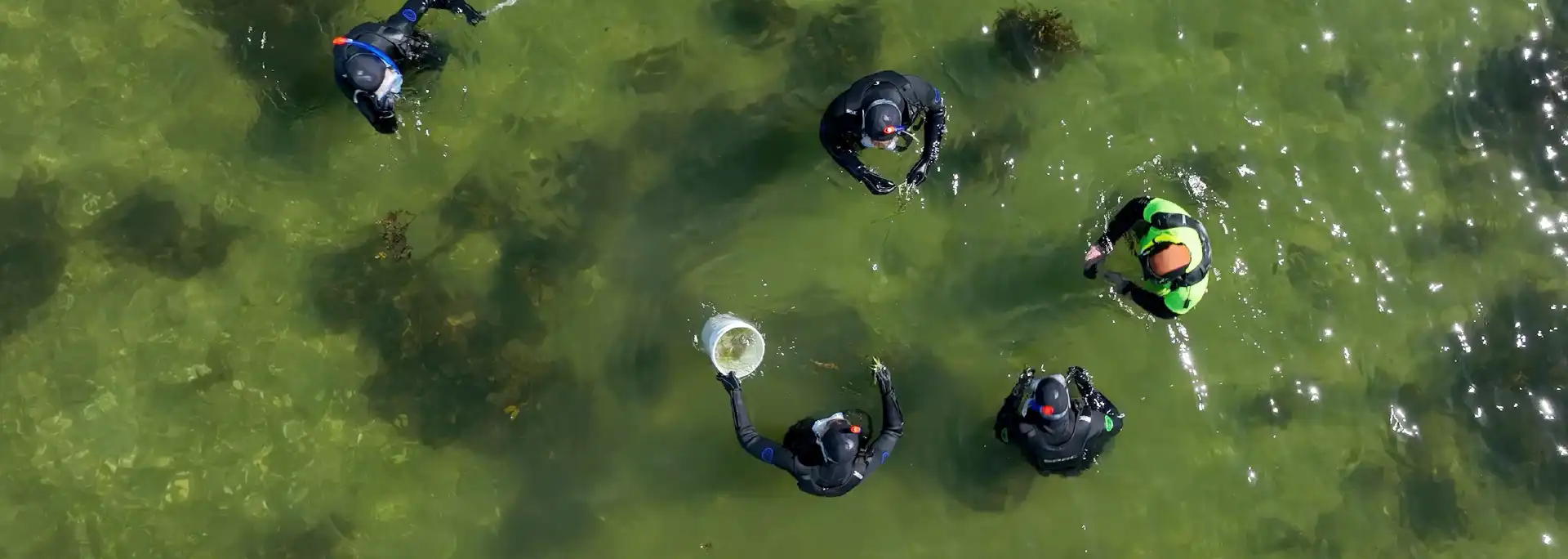
Planting eelgrass helps restore the ecosystem in Lillebælt
Eelgrass is food, habitat and hiding place for small fish in the belt
The dense eelgrass is home to a wealth of wildlife, including fish, snails, mussels, clams, crustaceans, each of which is food for many seabirds such as swans, swimming ducks and diving ducks.
Eelgrass is therefore a good nursery for fish fry and has a positive impact on the climate and marine environment. When the seabed is dense with eelgrass, small cod can use the area as a safe hiding place until they are ready for life in the open sea. With a more sporadic growth of eelgrass, i.e. a greater distance between each blade, small cod end up as easy prey, and if the eelgrass disappears, it can have major consequences for the area's wildlife.
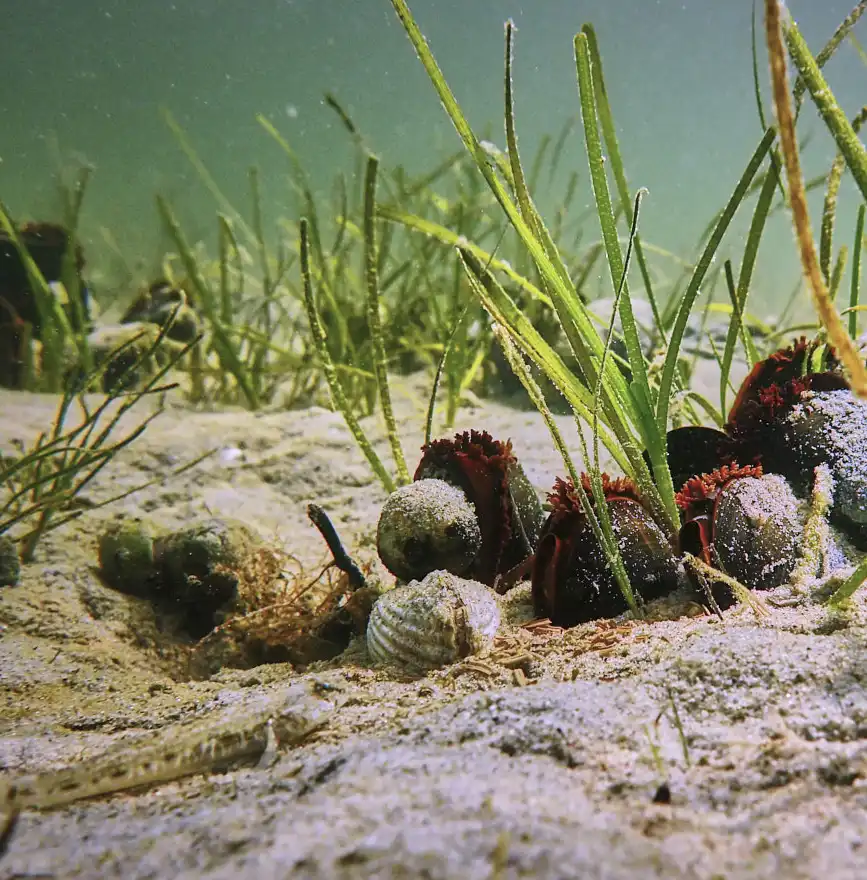
Planting eelgrass
How to plant eelgrass
The eelgrass to be planted is, of course, harvested responsibly by the nature park's biologists.
After a brief review of the plant's anatomy and properties, the eelgrass is prepared for planting. By tying each blade to an iron nail, it is easier to plant the eelgrass in the sandy bottom and the nail rusts and disappears in a short time. The technique of planting the grass underwater is trained so that everyone helping with the planting is confident before they start diving with snorkel and lead belt. This takes place in shallow water at a depth of 1.0 to 1.5 meters.
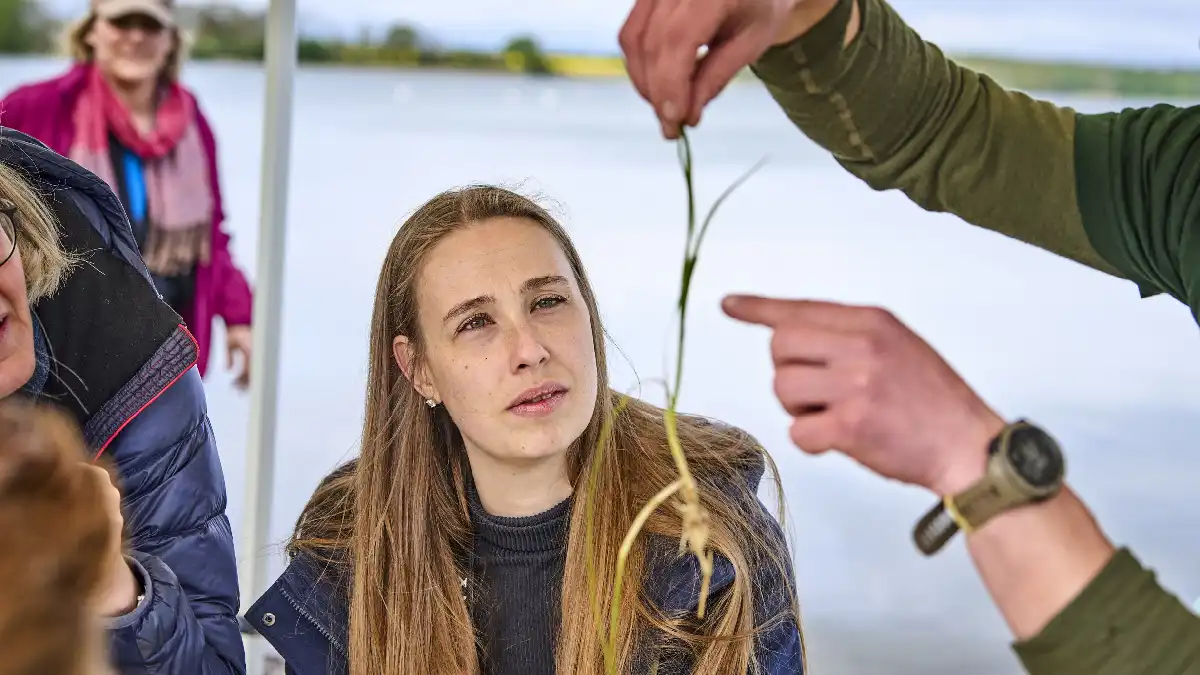
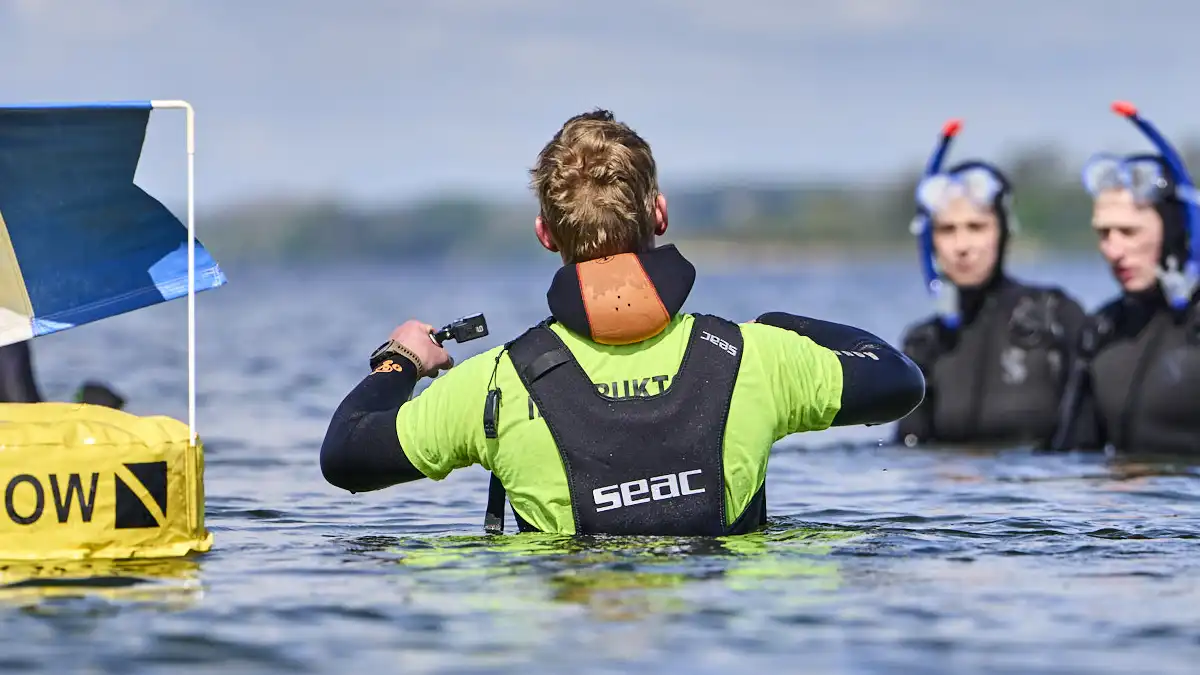
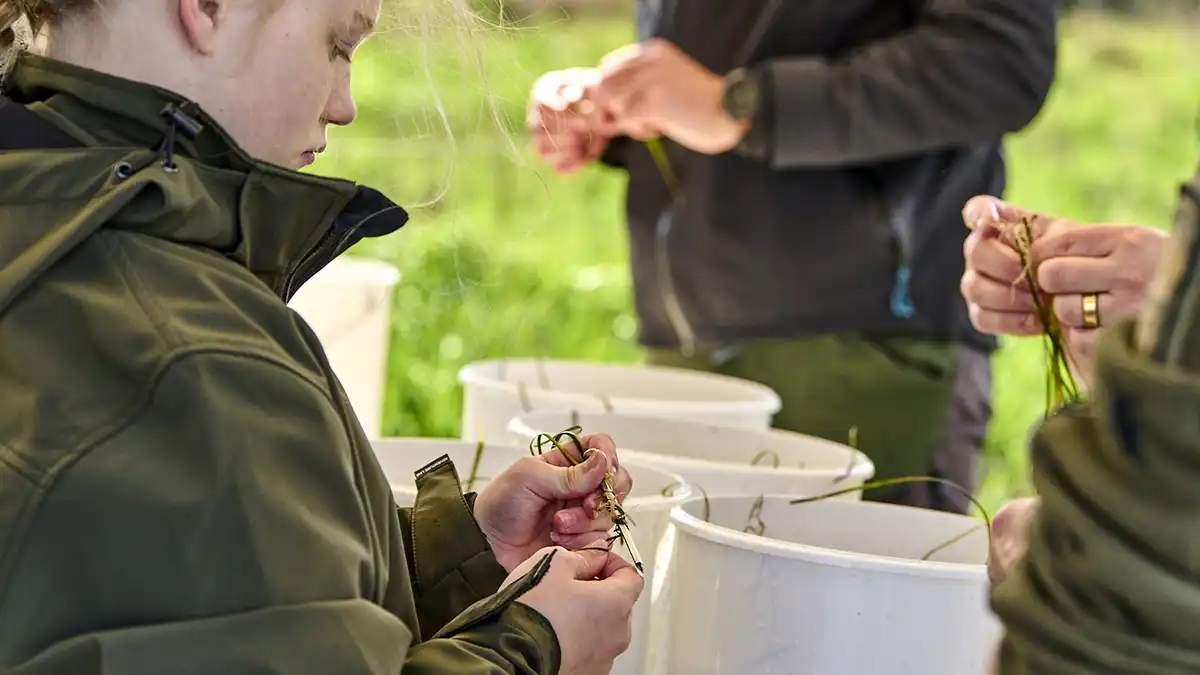
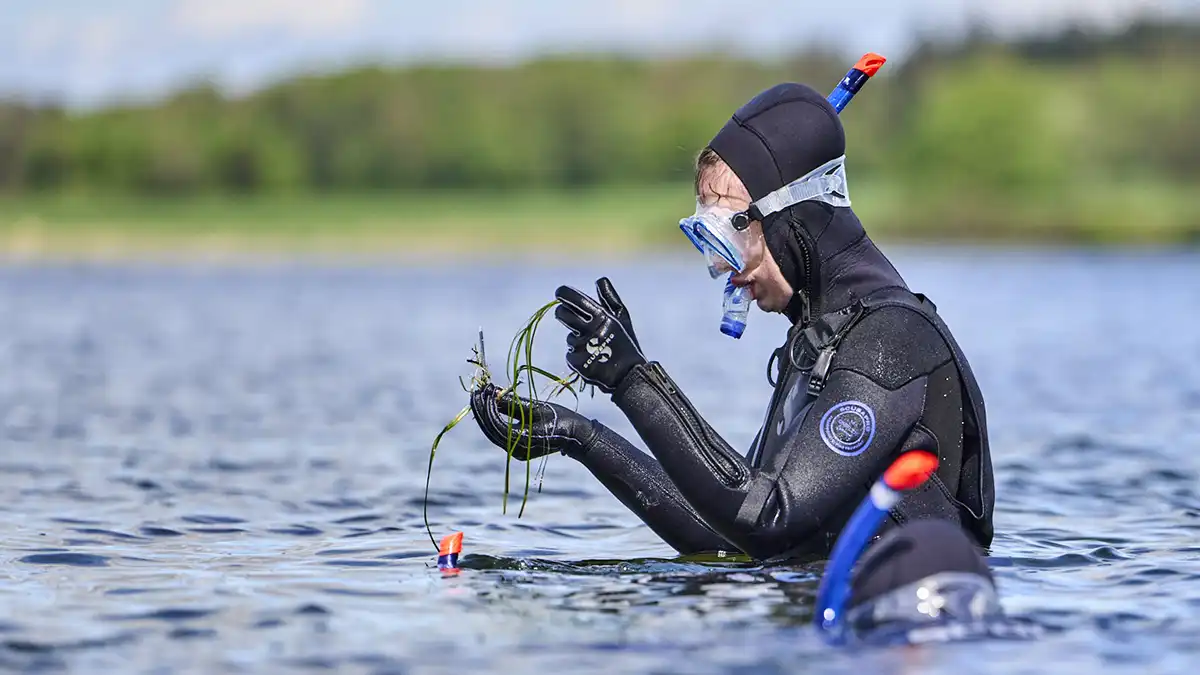
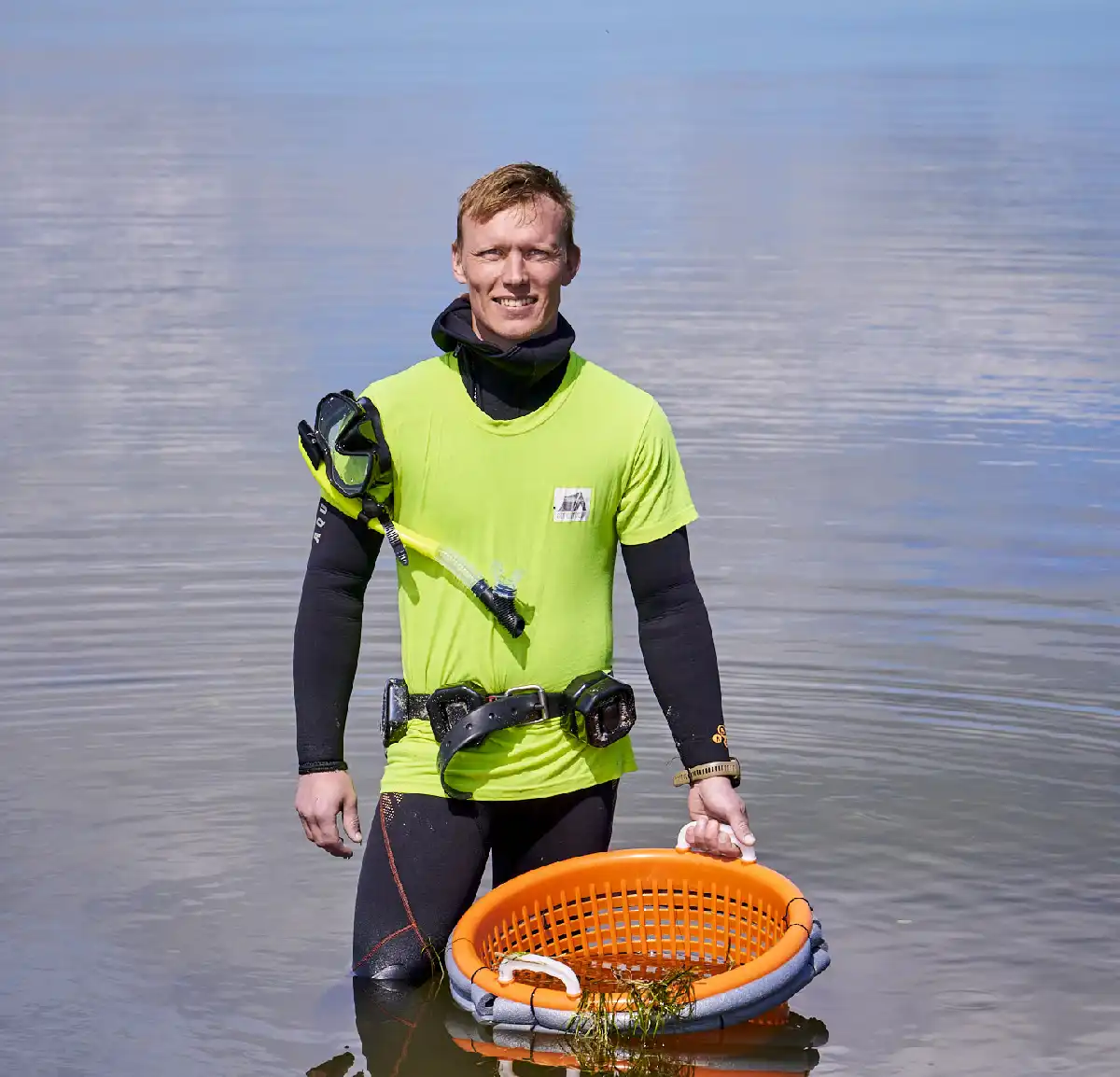
Meet Sune
Sune is the director and founder of the company Get Outdoor, which organizes courses, tours and events in Nature Park Lillebælt, for both companies and individuals.
Sune is an experienced outdoor expert and an extraordinary nature communicator. Creating unique and unforgettable nature experiences for others is what drives him, along with the desire for people to become better at cooperating with and caring for nature. As a teacher and team building instructor in canoeing, kayaking, climbing and mountain biking, Sune has a professional eye for the individual's learning and focus on the team's common path to goals.
Get Outdoor develops and runs outdoor activities that create joy of life and strengthen communities, while communicating nature in inspiring ways.
Get Outdoor has developed Regenerative Teambuilding. Here you work tangibly with ESG to strengthen the culture and unity in the company, while making a difference for nature and mitigating the effects of climate change.
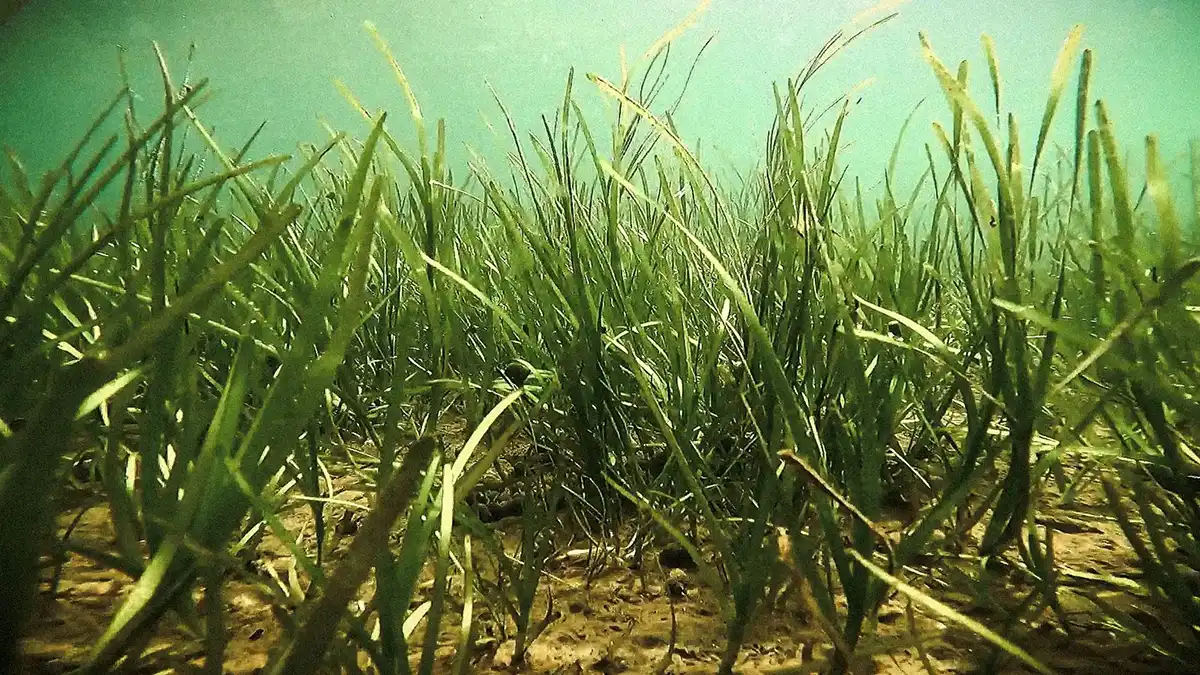
What is eelgrass?
Eelgrass is an incredibly important marine plant in the Little Belt. It grows in fine gravel, sand or mud along coasts and in depths down to 5-10 meters depending on light conditions. Eelgrass is a habitat and larder for many species of fish, shrimp, bristle worms, seaweed fleas and other small animals and therefore plays a crucial role in marine biodiversity. For example, cod fry can grow up here in a safe environment until they are big enough for life in the open sea.
Although eelgrass is also known as Zostera Marina, it is not a seaweed plant. Instead, it belongs to the "monocotyledonous" class and is related to the grasses and lilies that grow on land. The eelgrass root system consists of creeping rhizomes, coarse woody roots and narrow blades that form an undulating grass-green carpet on the seabed.
The strong root system makes the seabed more robust and protects our coasts from erosion. Where eelgrass takes root, it stabilizes the seabed so that bottom material is not easily stirred up, but settles. Therefore, eelgrass helps protect our coasts by dampening waves and stabilizing the seabed.
The eelgrass plague of the 1930s started a major decline for eelgrass. Over the past 100 years, two-thirds of the eelgrass in the Little Belt has disappeared due to excessive nitrogen emissions, climate change and fishing with bottom-dragging gear.
However, as eelgrass is a perennial plant that quickly develops strong roots, it can be harvested in places with favorable conditions and planted by divers elsewhere on the seabed.
Before eelgrass can be planted, permission must be obtained from the authorities, and our biologists have selected areas where it makes sense to conduct test plantings, or so-called macro plantings.
Eelgrass should preferably be planted in places with a sandy bottom, good light conditions and where the water is not heavily affected by nutrients. Locally, eelgrass will provide cleaner water because it oxygenates the water, absorbs nutrients and stores CO₂. This means there is less food for algae such as "fat muck". However, planting eelgrass cannot stand alone if the Little Belt is to regain its balance. First and foremost, it is necessary to reduce the pressure on the sea.
Planting eelgrass is just one of several initiatives that together strengthen Lillebælt
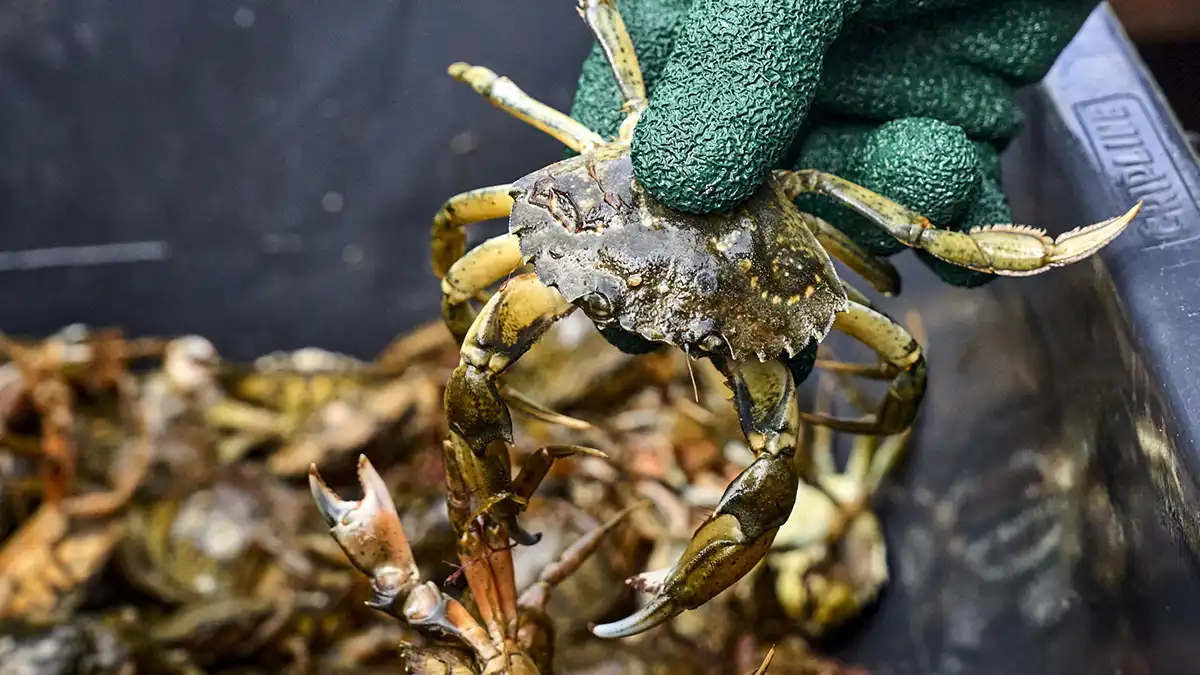
We reduce the crab population
The population of crabs in the Little Belt is far too high. By catching crabs, you benefit the ecosystem in the belt. The crab population needs to be regulated because it destroys the eelgrass and eats fish fry.
Read more about hunting crabs
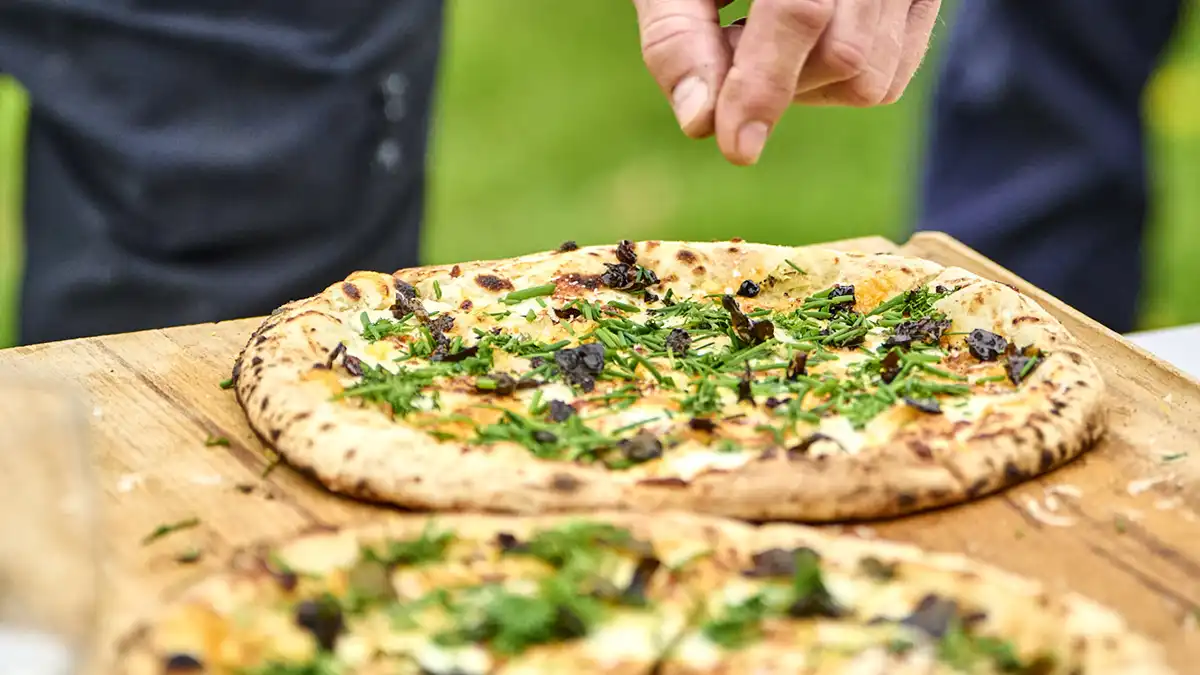
We put crab on the menu
It may sound a little wild, but eating crabs is one - tasty - way to get rid of them. You can make the ultimate crab bisque or crab pizza with fresh ingredients from Lillebælt.
Read more about crab pizza
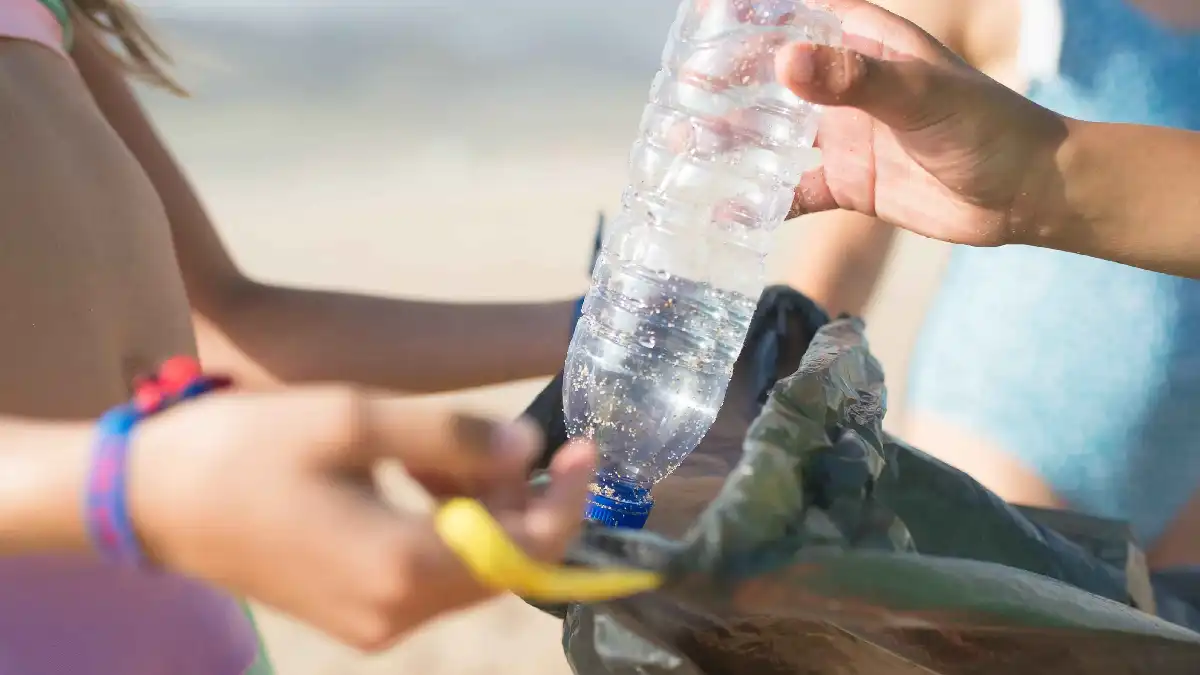
We collect marine litter
If you pick up a bag at the reception at Gl. Ålbo Camping and hand it filled with marine litter to the camping dad, you'll get a free cup of cocoa or coffee in exchange.
Learn more about collecting marine litter
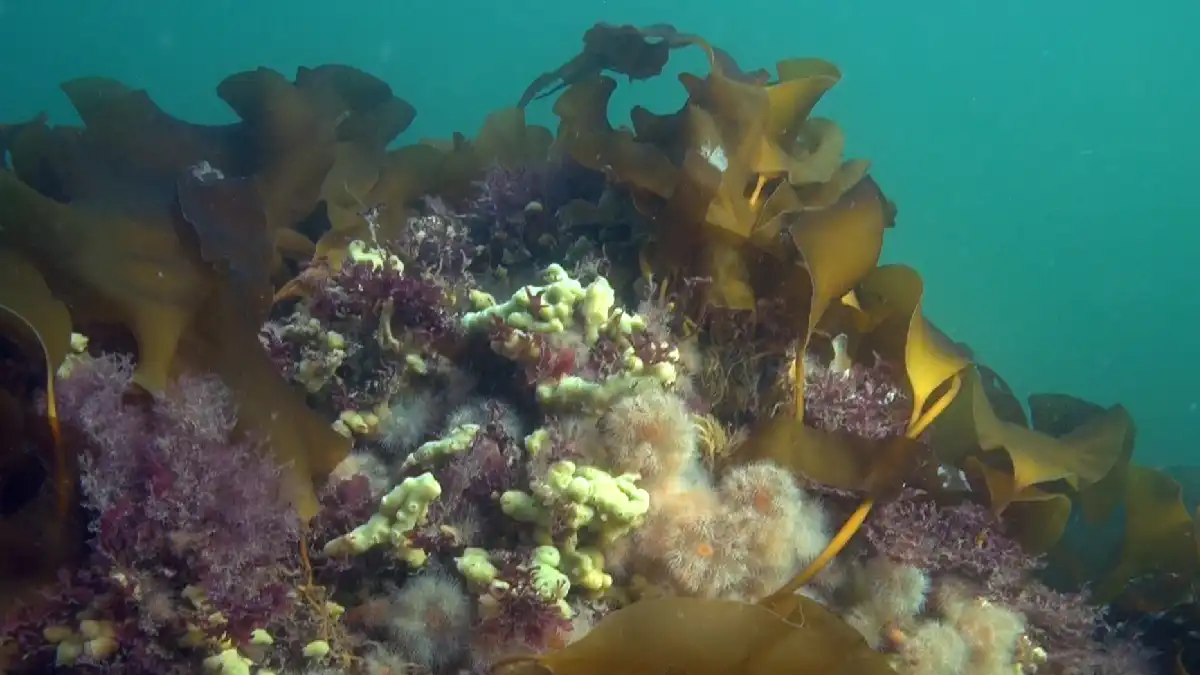
We restore stone reefs
We re-establish stone reefs to increase the survival rate of fish fry. When we put rocks back on the seabed, nature itself starts to regenerate life and the results are impressive.
Read more about stone reefs in Lillebælt
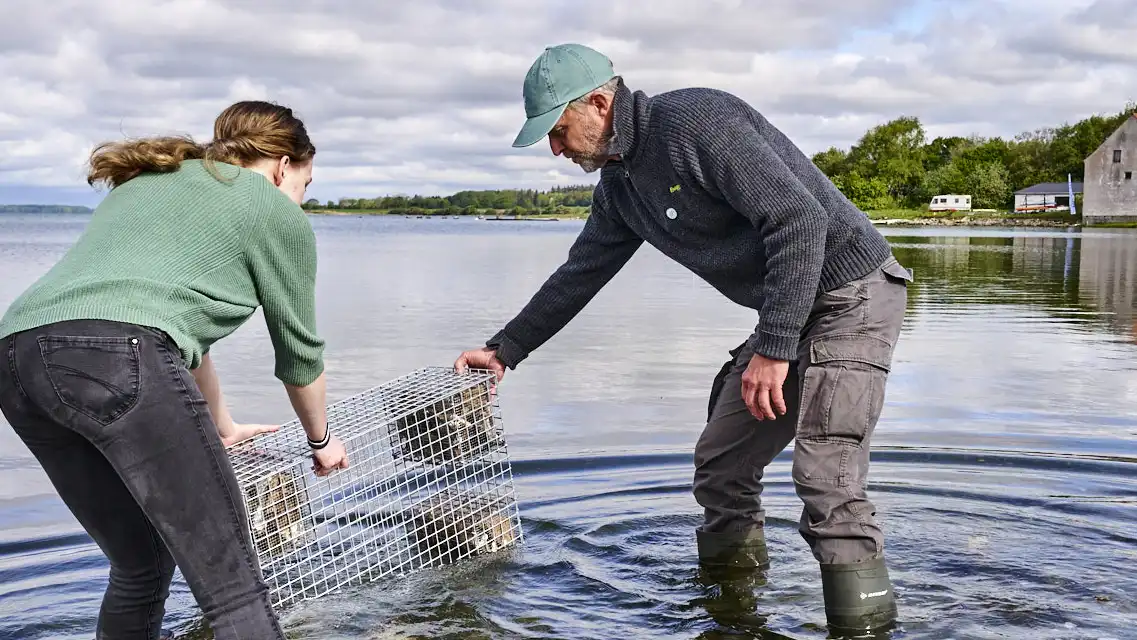
We build fish nurseries
A fish nursery contributes to greater biodiversity as the fry of different fish species can better hide from predators and crabs, increasing their chances of survival.
Read more about fish nurseries
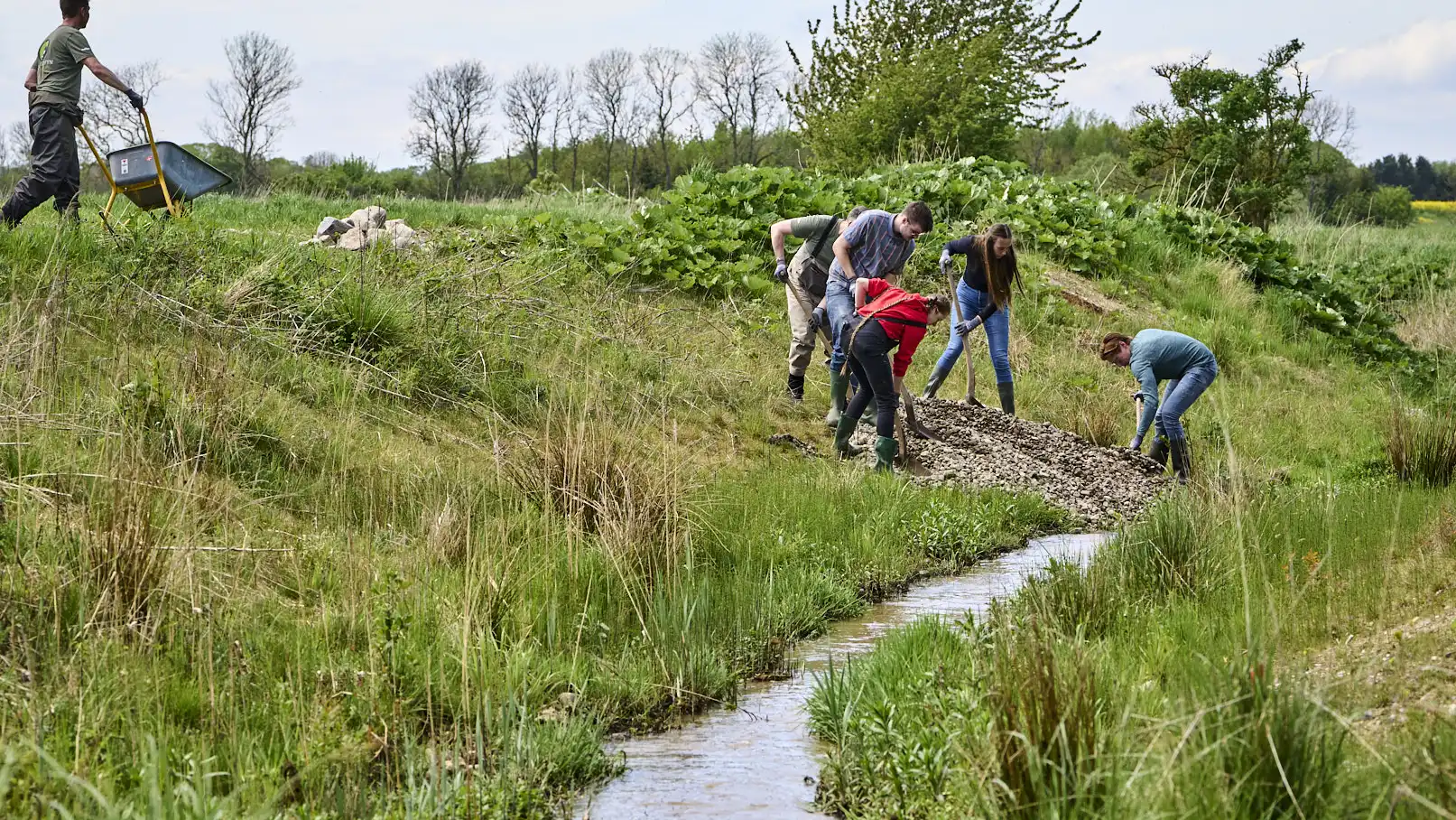
We create better spawning conditions
In collaboration with Havørred Fyn, local anglers and other nature enthusiasts, we establish spawning grounds and create the basis for new life in the river and thus more sea trout in the belt.
Read more about spawning grounds

